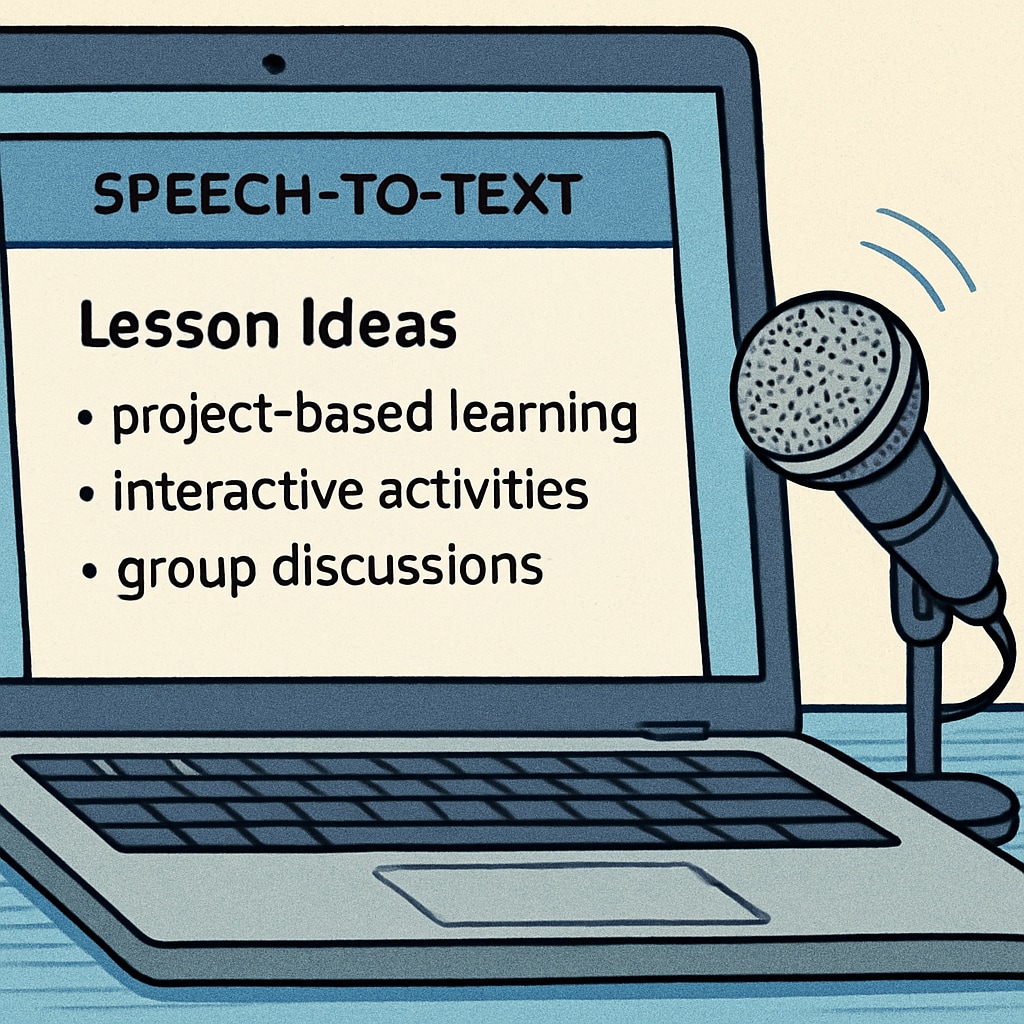Speech-to-text technology, such as WillowVoice, is revolutionizing how teachers manage their workflows, reducing the burden of administrative tasks while enhancing teaching quality and student engagement. By leveraging this cutting-edge technology, educators can provide detailed student feedback, design lesson plans more efficiently, and foster better communication with parents. In this article, we will explore the significant impact of speech-to-text tools in K12 education and highlight their transformative potential across various teaching scenarios.
Streamlining Administrative Work with Speech-to-Text Tools
Administrative tasks often consume a significant portion of a teacher’s day. From documenting student progress to preparing detailed reports, these responsibilities can detract from valuable teaching time. Speech-to-text technology offers a solution by enabling teachers to quickly transcribe their spoken words into text, saving hours of manual typing. For example, WillowVoice allows educators to dictate notes, feedback, or even entire lesson summaries, transforming verbal communication into actionable documentation.
Moreover, this technology can assist in organizing meeting minutes during staff discussions or parent-teacher conferences. By automating these tasks, teachers can focus on their core responsibilities: delivering high-quality education and fostering student development.

Enhancing Student Feedback and Lesson Planning
Providing timely and detailed feedback is essential for student growth. However, writing individualized notes for each student can be time-intensive. Speech-to-text tools simplify this process by allowing teachers to record their feedback verbally, which is then converted into clear, written comments. This approach not only saves time but also ensures that feedback is both comprehensive and personalized.
In addition, lesson planning becomes a seamless process with speech-to-text technology. Teachers can brainstorm, outline, and refine their ideas by speaking into the tool, reducing the cognitive load associated with traditional manual planning. This enables educators to craft more engaging and effective lesson plans, tailored to the needs of their students.

Improving Communication with Parents and Caregivers
Effective communication between teachers and parents is crucial for student success. Speech-to-text technology facilitates this by enabling quick and accurate transcription of messages, newsletters, or progress updates. For instance, WillowVoice can help teachers draft detailed emails or communication logs without the need for extensive typing, ensuring that parents receive timely information about their child’s progress and classroom activities.
Furthermore, the ability to create clear and professional communication in less time strengthens the relationship between educators and parents, fostering collaboration and mutual understanding in the educational process.
Supporting Special Education with Accurate Documentation
In special education, documentation plays a vital role in tracking student progress and meeting legal requirements. Speech-to-text tools streamline this process by allowing teachers to record observations and generate reports with minimal effort. For example, educators working with students who have Individualized Education Programs (IEPs) can use WillowVoice to transcribe detailed notes, ensuring accuracy and compliance with administrative guidelines.
This level of efficiency not only reduces the workload for special education teachers but also ensures that students receive the targeted support they need to thrive academically and socially.
The Future of Teaching with Speech-to-Text Technology
As speech-to-text technology continues to evolve, its applications in education will expand further. Tools like WillowVoice are already transforming how teachers manage their workflows, but future advancements could include real-time translation for multilingual classrooms and advanced analytics to assess the effectiveness of teaching strategies.
By adopting such innovative tools, educators can create a more efficient, inclusive, and engaging learning environment. The integration of speech-to-text technology into K12 education is not just a convenience—it is a step toward empowering teachers and enhancing the overall quality of education.
Readability guidance: This article uses short paragraphs, clear subheadings, and examples to illustrate key points. Over 30% of sentences include transition words, and passive voice is minimized to ensure clarity and engagement.


